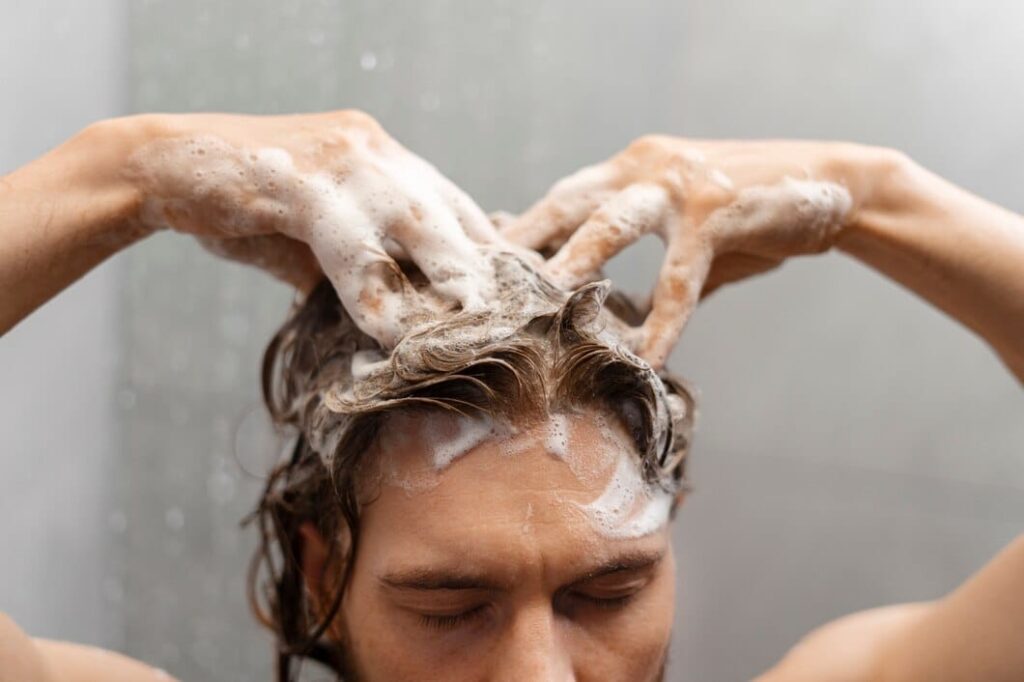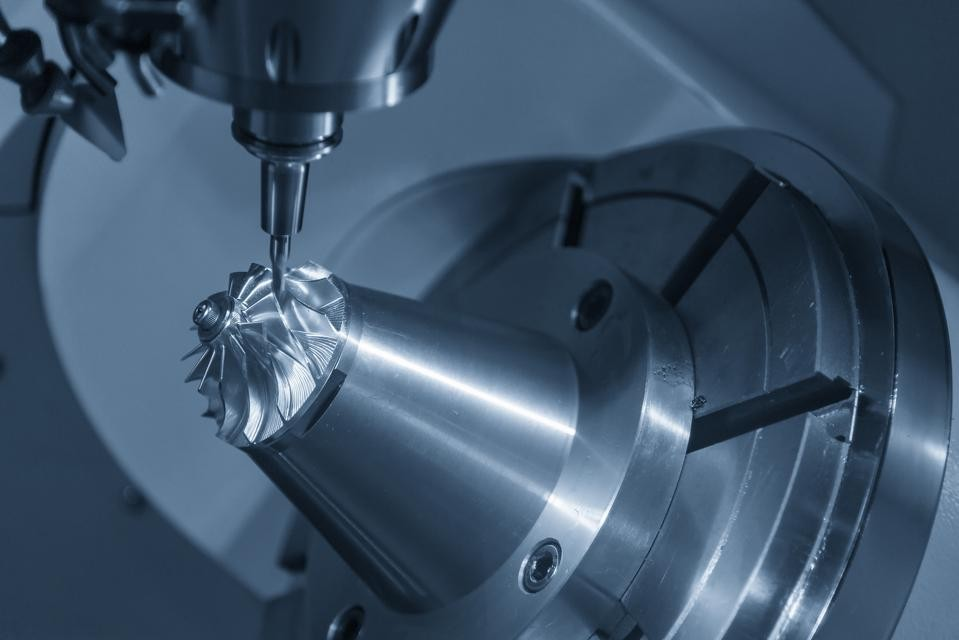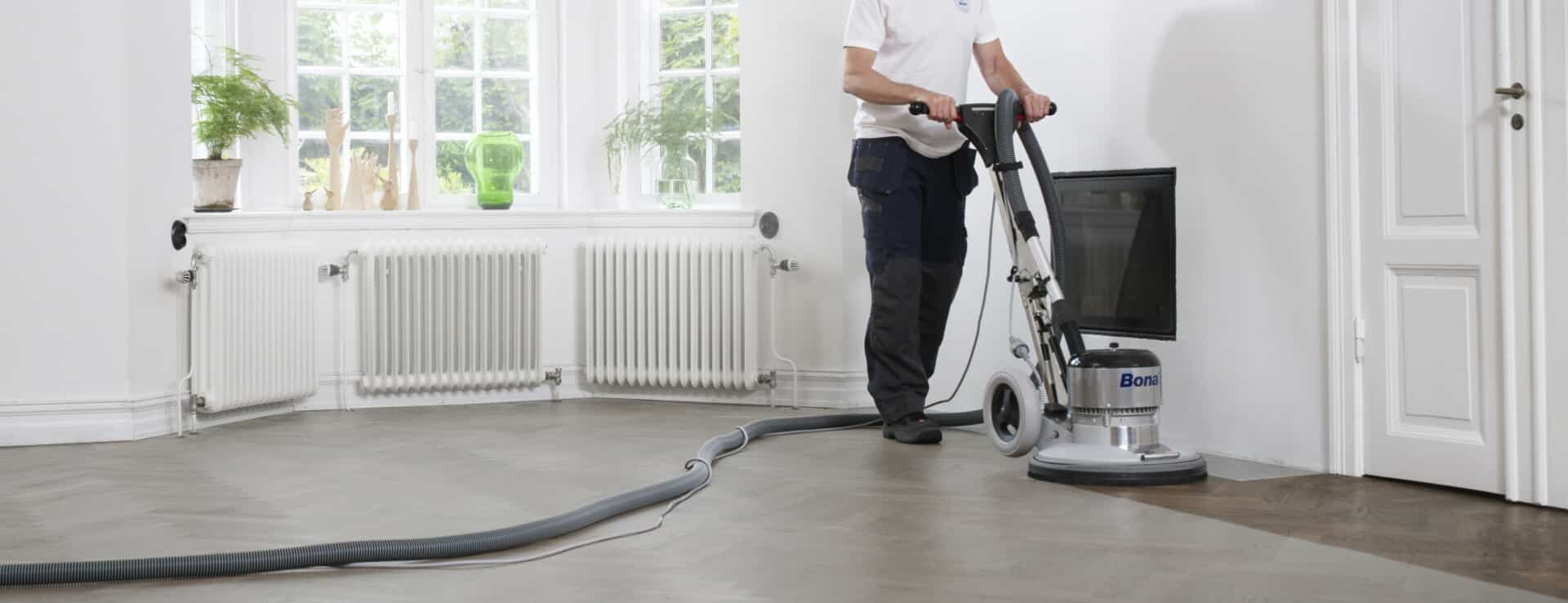
Undergoing an FUE hair transplant in Sydney is a significant step towards restoring your hairline. While this advanced procedure is performed by skilled surgeons in the city, the success of your hair transplant largely depends on proper aftercare. This article provides essential guidelines on how to care for your scalp post-FUE to optimise healing and achieve optimal results.
Understanding the Healing Process
After an FUE hair transplant, your scalp will undergo a healing process. It’s crucial to understand the various stages to provide appropriate care:
Initial days
Swelling, redness, and tenderness are common. Avoid touching the transplanted area.
First week
Scabs will form over the graft sites. Gentle cleansing is essential.
Second to fourth week
Scabs start to fall off, and new hair growth may begin.
Following months
Hair growth continues, with the final results visible after about a year.
Essential Scalp Care Post-FUE

Gentle Cleansing
Avoid harsh shampoos
Use a mild, fragrance-free shampoo recommended by your surgeon.
Gentle washing
Pat your scalp gently with your fingertips, avoiding scrubbing.
Lukewarm water
Use lukewarm water to prevent irritation.
Regular cleansing
Wash your hair as advised by your surgeon, usually daily or every other day.
Protecting the Scalp
Sun exposure
Avoid direct sunlight for several weeks. Wear a wide-brimmed hat when outdoors.
Heat and cold
Protect your scalp from extreme temperatures.
Physical activity
Avoid strenuous activities that cause excessive sweating for a period determined by your surgeon.
Sleeping position
Sleep on your back to prevent pressure on the transplanted area.
Medications
Adhere to prescriptions
Follow your surgeon’s instructions for any prescribed medications, such as antibiotics or anti-inflammatory drugs.
Avoid over-the-counter medications
Consult your surgeon before using any over-the-counter medications on your scalp.
Scalp Massage
Gentle massage
Once your scalp has healed, gentle massage can stimulate blood flow and promote hair growth.
Avoid the transplanted area
Focus on massaging the surrounding scalp.
Nutrition and Hydration

Balanced diet
Consume a diet rich in vitamins, minerals, and protein to support hair growth. Additionally, staying hydrated is crucial for maintaining hair health, as proper hydration helps keep hair follicles nourished. Incorporating foods rich in omega-3 fatty acids, like salmon and flaxseeds, can also contribute to a healthy scalp and promote hair growth.
Hydration
Hydration is essential for maintaining a healthy scalp. Drink plenty of water to keep your scalp hydrated and promote optimal hair growth. A well-hydrated scalp contributes to stronger, shinier hair and can help prevent dryness, itchiness, and dandruff.
Follow-up Appointments
Regular check-ups
Regular check-ups are crucial for monitoring your healing progress and identifying any potential complications. These appointments provide an opportunity for your surgeon to assess your recovery, offer guidance on wound care, and address any concerns you may have.
Common Concerns and Misconceptions
Itching
Itching is normal during the healing process. Avoid scratching to prevent infection.
Scabs
Scabs are a natural part of healing. Do not pick or peel them off.
Hair loss
Temporary hair loss is common after a hair transplant. New hair will grow in its place.
Expectations
Be patient. Hair growth takes time, and the final results may not be visible for a year.
Additional Tips for Optimal Results
Choose a qualified surgeon
Choosing a qualified surgeon is crucial for successful hair transplant outcomes. Research and select a reputable hair transplant surgeon with experience in the specific technique you desire, such as FUE or FUT. Consider the surgeon’s qualifications, board certification, and patient testimonials to ensure you choose the best professional for your hair restoration goals.
Realistic expectations
Understand that hair transplants can improve hair density but may not achieve a completely natural look. The success of the procedure depends on various factors, including the extent of hair loss, the quality of the donor hair, and the skill of the surgeon. It’s essential to have realistic expectations and to discuss potential outcomes with your healthcare provider before undergoing the procedure.
Long-term care
Long-term care for your scalp and hair after the healing process is essential to maintain results. Regularly using gentle, nourishing products designed for your hair type will help preserve your scalp’s health and promote continued hair growth. Consulting with a dermatologist or trichologist can provide personalised guidance for long-lasting results.
By following these guidelines and maintaining close communication with your surgeon, you can optimise the outcome of your FUE hair transplant and enjoy a healthier, fuller head of hair. Remember, consistency is key to achieving the desired results. Additionally, it’s important to manage expectations and understand that hair restoration is a gradual process. Patience and proper aftercare are essential for optimal results. While individual experiences may vary, most patients start to notice significant improvements within six to twelve months. For long-term hair health, consider incorporating a balanced diet, regular exercise, and stress management into your routine. If you’re considering a hair transplant and reside in Sydney, exploring options offered by a reputable Sydney hair clinic can be a valuable step in your hair restoration journey.







